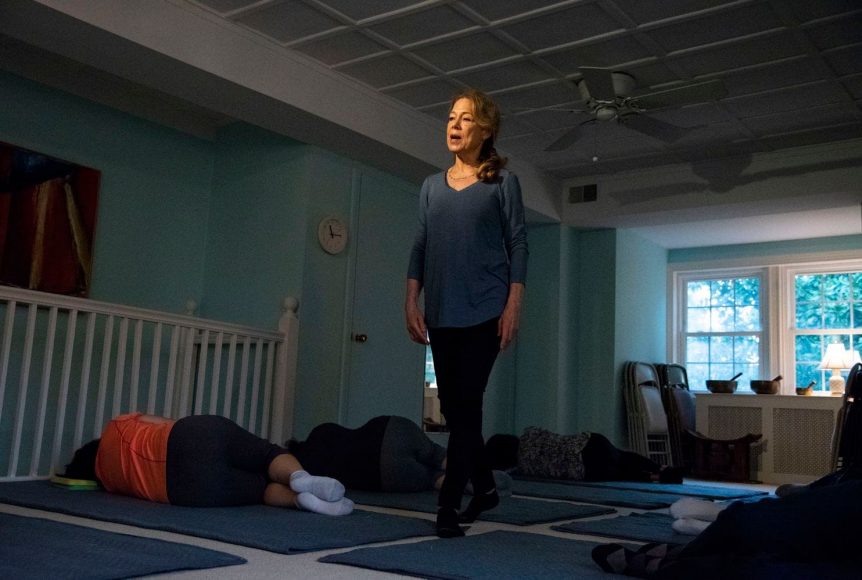** This article is from the Washington Post by Lisa Rien. You can view the full article HERE.**
In my first Feldenkrais class, we lay on our backs with eyes closed and drifted our eyeballs left to right and back again. We shifted our heads from side to side as our eyes followed in their sockets. Then we changed it up, moving our eyes in the opposite direction from our heads.
This may sound like a simple sequence. It’s deceptively challenging. And it continued for an hour, with sitting variations, eyes alternately open and shut, a brain workout that included tracking our thumbs as our bent arms moved at eye level from left to right and back again.
These eye calisthenics were supposed to relieve my years of back pain.
Yeah, right, I remember thinking that Sunday morning 18 months ago as I felt an odd exhaustion set in. Slow and subtle was harder than I thought. I fidgeted. My eyes grew tired. How was all of this commotion under my lids supposed to stop my right hip from unnecessary rotation when I walked and unfreeze my left shoulder and neck?
I had tried the Feldenkrais Method under some duress. Although there aren’t a lot of good studies, my friend Jon told me it had reduced his lower back pain from excruciating to manageable.
Too many chiropractors, osteopaths, yoga classes, trainers, acupuncturists and ibuprofen over 30 years of back pain. They had at best given me only temporary relief — or sometimes more pain. Feldenkrais sounded too nuanced, with its slow and subtle movements that were supposed to retrain how I walked, sat or held myself as I typed a story on my computer.
I had convinced myself that my diagnosis — osteoarthritis in my neck, a mild scoliosis in my lower back and a genetic weakness inherited from my father, whose severely S-curved spine led to a life of pain — would not be cured by yet another approach.
Finally, after a particularly bad stretch and pressure from my husband, who was impatient with my constant complaints, I capitulated.
And at the end of that first class, I was surprised: I felt a little different, lighter. I could turn my neck a bit more to the left. My right hip moved more freely.

